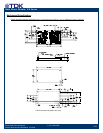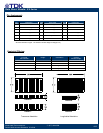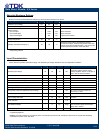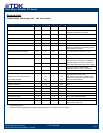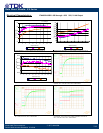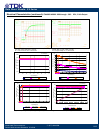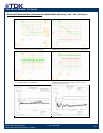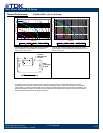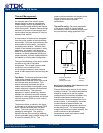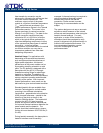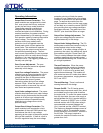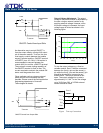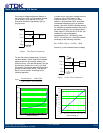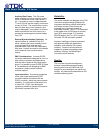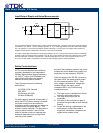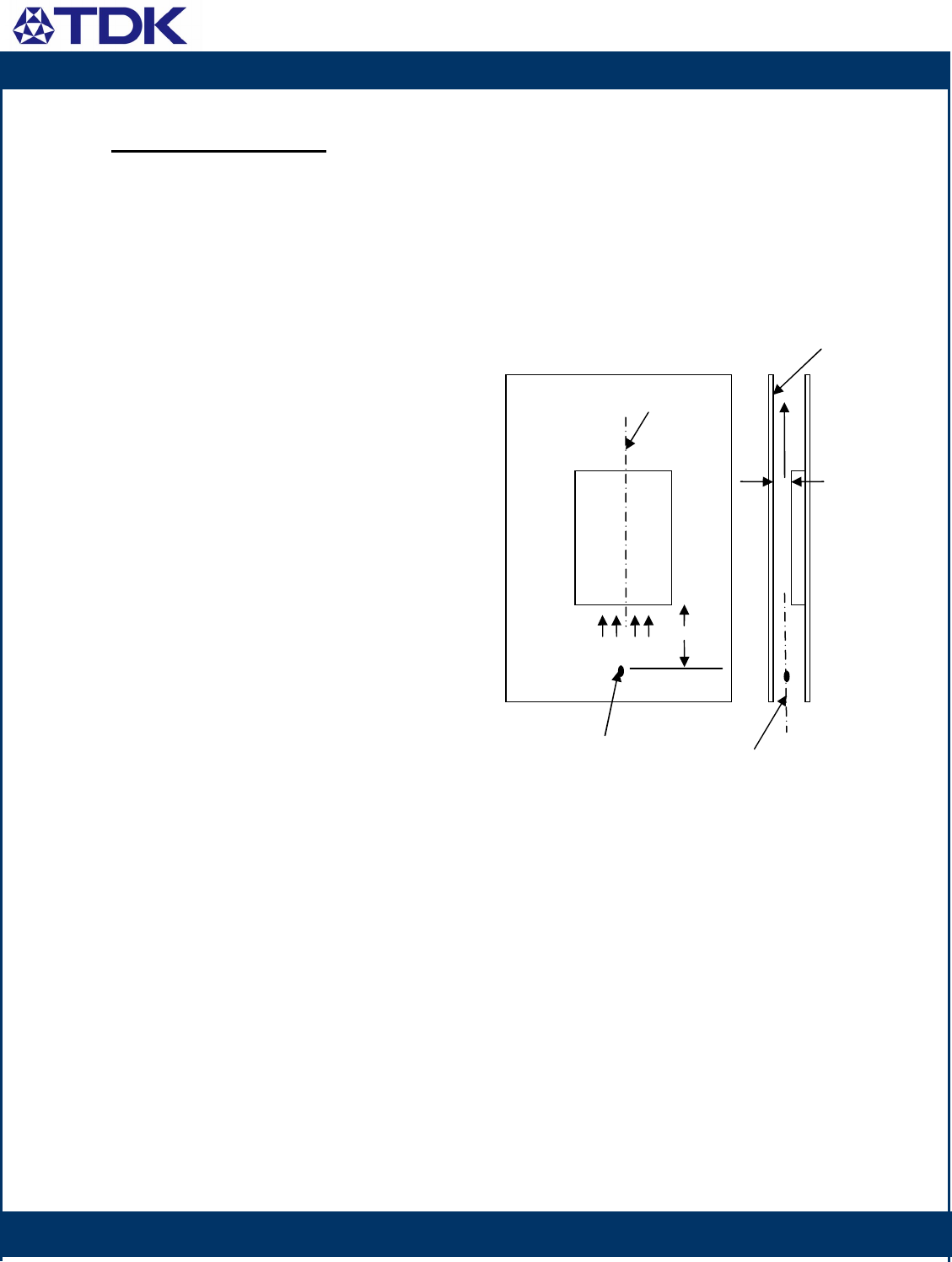
Data Sheet: Maxeta
TM
iFA Series
©2002-2006 TDK Innoveta Inc.
iFA 28V 600W Advance Datasheet 8/3/2006
℡
(
877
)
498-0099
11/19
Thermal Management:
An important part of the overall system
design process is thermal management;
thermal design must be considered at all
levels to ensure good reliability and lifetime
of the final system. Superior thermal design
and ability to operate in severe application
environments are key elements of a robust,
reliable power module.
A finite amount of heat must be dissipated
from the power module to the surrounding
environment. This heat is transferred by the
three modes of heat transfer: convection,
conduction and radiation. While all three
modes of heat transfer are present in every
application, convection is the dominant
mode of heat transfer in most applications.
However, to ensure adequate cooling and
proper operation, all three modes should be
considered in a final system configuration.
The open frame design of the power module
provides an air path to individual
components. This air path improves heat
conduction and convection to the
surrounding environment, which reduces
areas of heat concentration and resulting hot
spots.
Test Setup:
The thermal performance data
of the power module is based upon
measurements obtained from a wind tunnel
test with the setup shown below. This
thermal test setup replicates the typical
thermal environments encountered in most
modern electronic systems with distributed
power architectures. The electronic
equipment in optical networking, telecom,
wireless and advanced computer systems
operates in similar environments and utilizes
vertically mounted PCBs or circuit cards in
cabinet racks.
The power module, as shown in the figure,
is mounted on a printed circuit board (PCB)
and is vertically oriented within the wind
tunnel. The cross section of the airflow
passage is rectangular. The spacing
between the top of the module or heatsink
(where applicable) and a parallel facing PCB
is kept at a constant (0.5 in). The
power module orientation with respect to the
airflow direction can have a significant
impact on the module’s thermal
performance.
Thermal De-rating
: For proper application
of the power module in a given thermal
environment, output current de-rating curves
are provided as a design guideline in the
Thermal Performance section for the power
module of interest. The module temperature
should be measured in the final system
configuration at the location indicated in the
thermal measurement location figure to
ensure proper thermal management of the
power module. In all conditions, the power
module should be operated below the
maximum operating temperature shown on
the de-rating curve. For improved design
margins and enhanced system reliability, the
power module may be operated at
temperatures below the maximum rated
operating temperature
.
A
IRFLOW
A
ir Velocity and Ambient
Temperature
Measurement Location
A
I
R
F
L
O
W
12.7
(0.50)
Module
Centerline
A
ir Passage
Centerline
A
djacent PCB
76 (3.0)
Wind Tunnel Test Setup Figure Dimensions are
in millimeters and (inches).



